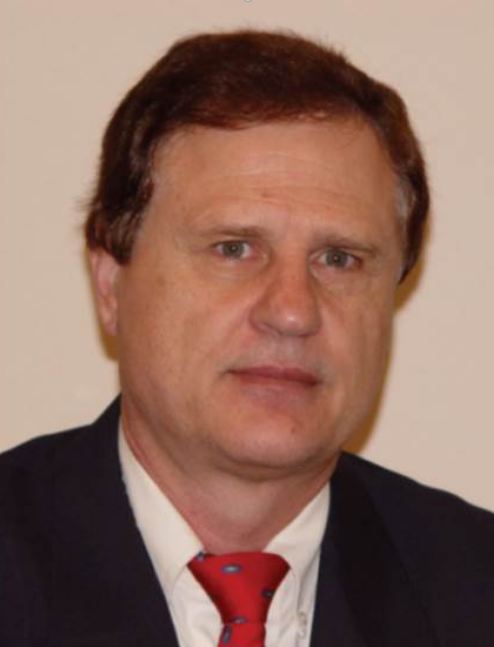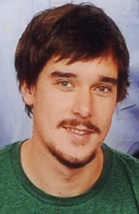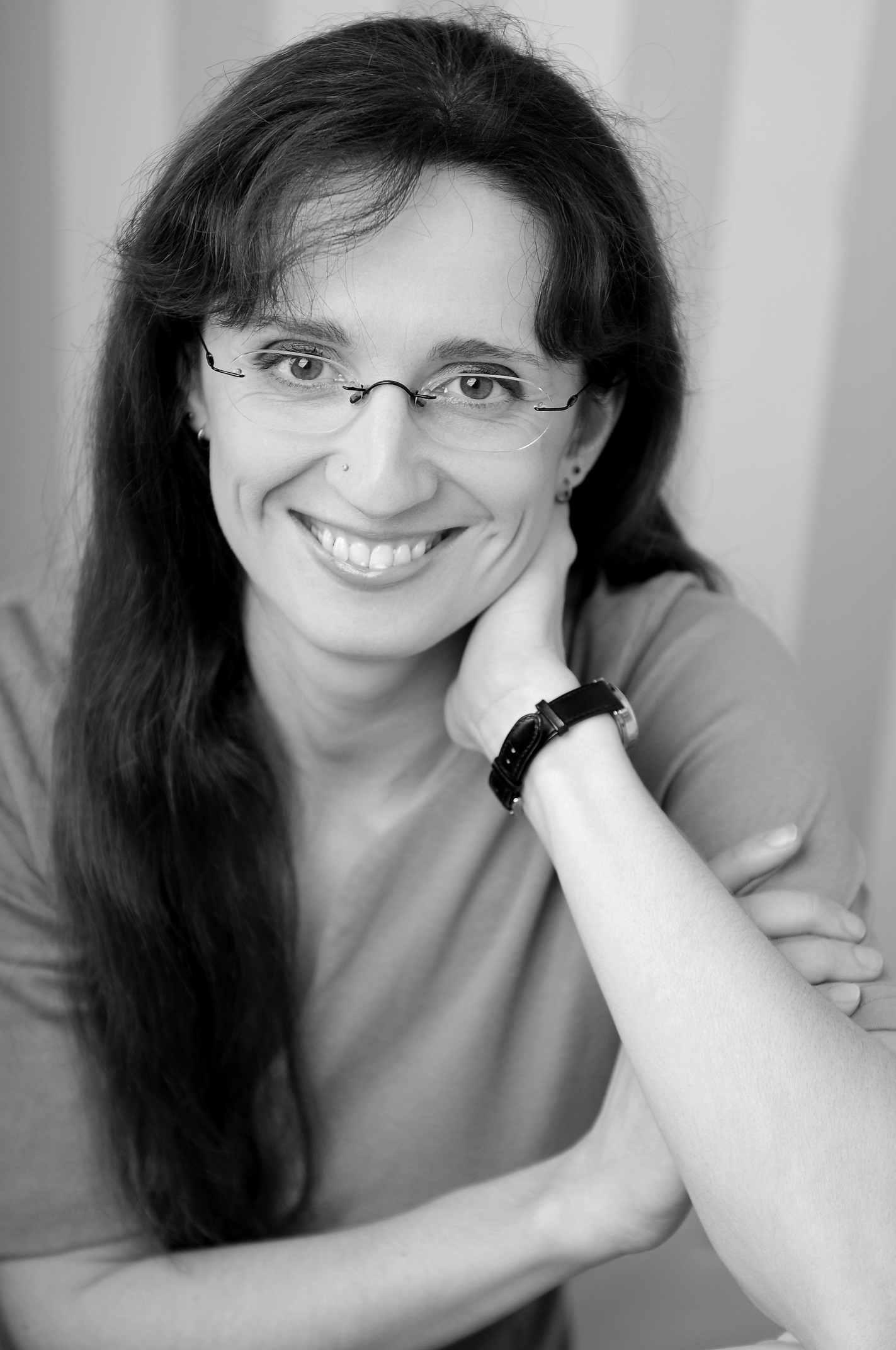
Program | Social Event | Hotel | Location | Registration
Committee | Sponsors | Contact | JJAP | Japanese Home
 |
|
Home | Sessions and Keynotes | Student Session | Author's Info | Download
Program | Social Event | Hotel | Location | Registration Committee | Sponsors | Contact | JJAP | Japanese Home |
|
For the first time since its foundation the International Workshop on Low Temperature Bonding for 3D Integration will hold a special student session on the third day of the workshop.
Tutorial Section:  Helmut Baumgart
Helmut Baumgart
Affiliation: Old Dominion University Development of Thermoelectric Materials with Improved Figure of Merit for Better Conversion Efficiency Biography Dr. Baumgart is professor of Electrical and Computer Engineering at Old Dominion University in Norfolk, Virginia, where he holds the VMEC Endowed Chair. He received his Ph.D. degree in physics from the University of Stuttgart, Germany (1981)), while performing his Ph.D. research at the Max-Planck Institute of Solid State Research in Stuttgart. Before joining Old Dominion University he has pursued a long career in the high tech industry, where he held numerous R&D positions in the microelectronics industry. He has worked extensively in SOI research at AT&T Bell Laboratories; at Royal Philips Electronics' Briarcliff Research Laboratories and at their Natuurkundig Laboratorium in Eindhoven; at IBM Microelectronics at the Advanced Semiconductor Technology Center (ASTC); at Infineon Technologies in Richmond, and at Motorola's Advanced Products Research & Development Laboratories (APRDL) in Austin. In his research areas he has authored and co-authored over 60 papers, he has published and edited 8 Electrochemical Society Conference Proceedings Volumes; he has delivered 27 conference presentations including numerous invited talks, and holds three U.S. Patents and 15 Patent Disclosures and is the recipient of numerous industry awards.Tutorial Abstract Thermoelectrics represents an attractive green renewable energy technology due to its potential in generating electricity out of waste heat. Recently thermoelectric materials have attracted considerable attention because of their application potential in power generation and refrigeration systems. The challenge for the development of modern thermoelectric materials lies in their low conversion efficiency. The efficiency of thermoelectric materials is directly related to the figure of merit, ZT = S2𝝈T/ (𝜿L + 𝜿e), where S is Seebeck coefficient, 𝝈 is electrical conductivity, T is the absolute temperature, and <𝜿L + 𝜿e are the thermal conductivity due to the lattice and electron contribution. It is observed that higher thermoelectric efficiency can be obtained by increasing the electron conductivity and reducing the thermal conductivity. In the quest to enhance ZT values, a key strategy has focused on the reduction in thermal conductivity, resulting from phonon scattering by numerous interfaces in low dimensional structures. Here we report the benefits of a novel phonon engineering approach to enhance thermoelectric properties by utilizing porous templates and by employing nano-patterning of thermoelectric nanolaminate films. This tutorial demonstrates the feasibility to enhance the figure of merit ZT further by modulating the size and periodicity of the substrate pattern and the thickness of the thermoelectric film in relation to the mean free path (MFP) of the phonons. Thermoelectric nanolaminates grown on porous silicon templates have achieved three times higher Seebeck coefficients than the ones grown on regular planar silicon substrates. The higher Seebeck values result from the lower thermal conductivity in porous templates, which in turn lead to a higher figure of merit ZT. This tutorial lecture will present basic engineering strategies and innovative approaches for the design and synthesis of improved thermoelectric material systems.
Invited speakers and Keynotes:  Felix Predan
Felix Predan
Affiliation: Fraunhofer Institute for Solar Energy Systems, Heidenhofstrassse 2, 79110 Freiburg, Germany Biography Felix Predan was born on the 15.07.1987 in Nuertingen, Germany. After finishing high-school in 2008, Felix Predan studied Micro System Engineering at the University of Freiburg, obtaining a Master of Science degree in 2014.Beside his studies, Felix Predan worked since 2011 at the Fraunhofer Institute for Solar Energy Systems ISE in different fields of solar cell research, like laser doping for industrial solar cells based on silicon as well as on process technology for the micro-structuring of multi-junction solar cells. In the year 2014, Felix Predan did his master thesis in the development of a surface-activated wafer bonding (SAB) process for antimonides. Since 2015, Felix Predan makes a Ph.D., supported by a scholarship from the German Federal Environmental Foundation, DBU. The aim of his research is the development of a novel four-junction solar cell based on GaSb utilizing the SAB approach. This cell has prospects to reach highest conversion efficiencies > 50 % and could be applied in the concentrating photovoltaics or in space.  Gudrun Feix
Gudrun Feix
Affiliation: Technische Universität Berlin, Research Center for Microperipheric Technologies Department: System Integration & Interconnection Technologies Biography Gudrun Feix received her B.Sc. and M.Sc. in electrical engineering from the department of Electrical Engineering and Computer Science at Technical University Berlin in 2007 and 2008, respectively. Since then, she has been working at TU Berlin/Fraunhofer IZM in power electronics. Her main research focus is on power electronics packaging, beginning from wire bonded modules to double sided cooling of power electronics right up to advanced packaging technologies like embedded power electronics for fast switching semiconductors.
Student’s Reception:
May 18 th, 2017 at Abreuvoir restaurant
(http://www.mukougaoka-facultyhouse.jp). More information will be available later.→ Please go to Registration page.
Steering Committee for Student Session:
K. Takeuchi, PhD candidate, The University of Tokyo (Committee Chair) |